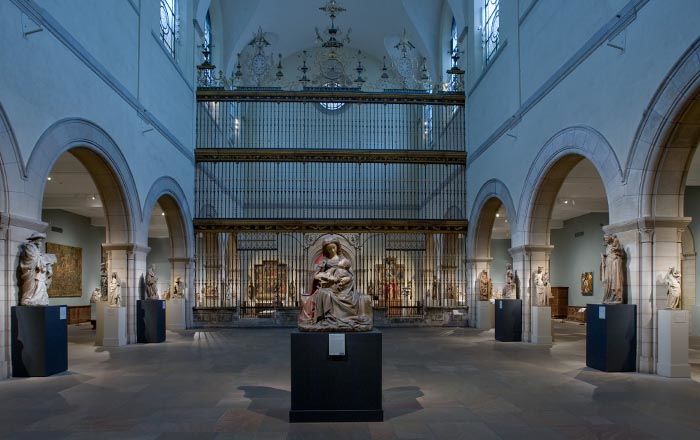Returned to lender The Met accepts temporary loans of art both for short-term exhibitions and for long-term display in its galleries.
Historiae animalium (Histories of the Animals)
Author Conrad Gesner Swiss
Not on view
"Such is the reputation of the unicorn that its image cannot be excluded."
The unicorn appears in volume 1 of Conrad Gesner’s ambitious history of the natural world. The author’s preface notes that each of the woodcuts is made either from life or after a reliable image from a trustworthy source. A medical doctor and professor of physics, Gesner rigorously reviews biblical, classical, and medieval tracts about the unicorn; his conclusions are unclear. He sees the long tapered horns preserved in European collections as evidence of the unicorn’s existence. Elsewhere, he suggests that the unicorn may have been lost in the Flood (a position at odds with the engraving in this gallery that shows a pair of unicorns heading into Noah’s Ark). Nonetheless, Gesner offers advice on how to distinguish between authentic and false unicorn horns, and tells of a man who was cured after eating a poisoned cherry by drinking the marrow of a unicorn horn mixed with wine. Like al-Qazwini before him, Gesner states that the horn could be used against epilepsy. In the 1554 edition of his book, Gesner recounts the unicorn’s ability to purify water, as depicted in one of The Cloisters’ tapestries and on a delicate pink textile in this gallery.
This image cannot be enlarged, viewed at full screen, or downloaded.

